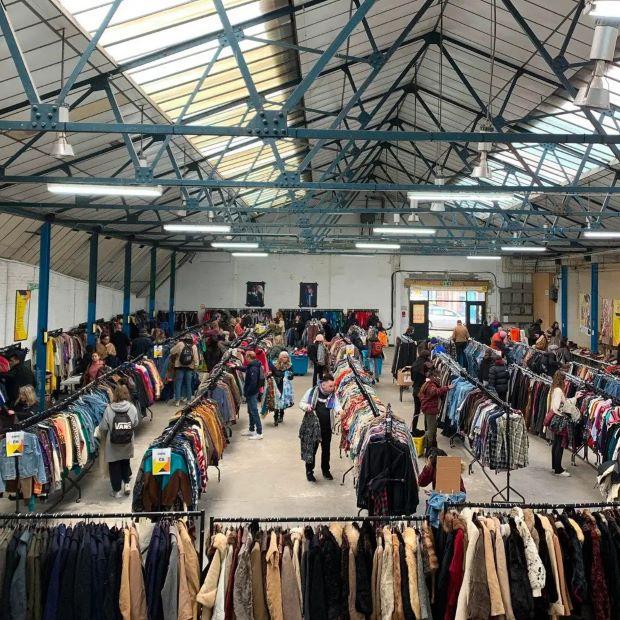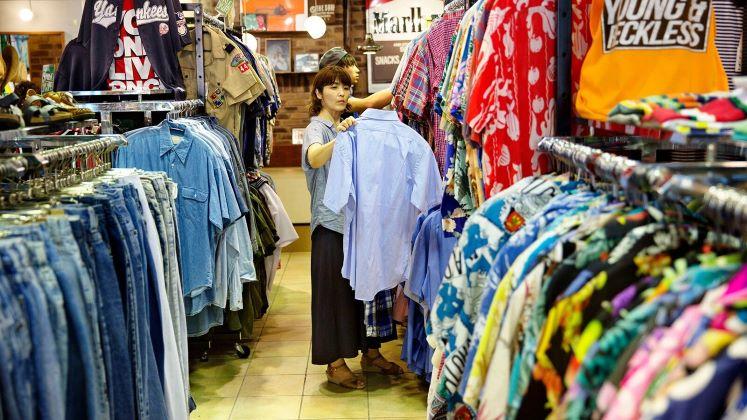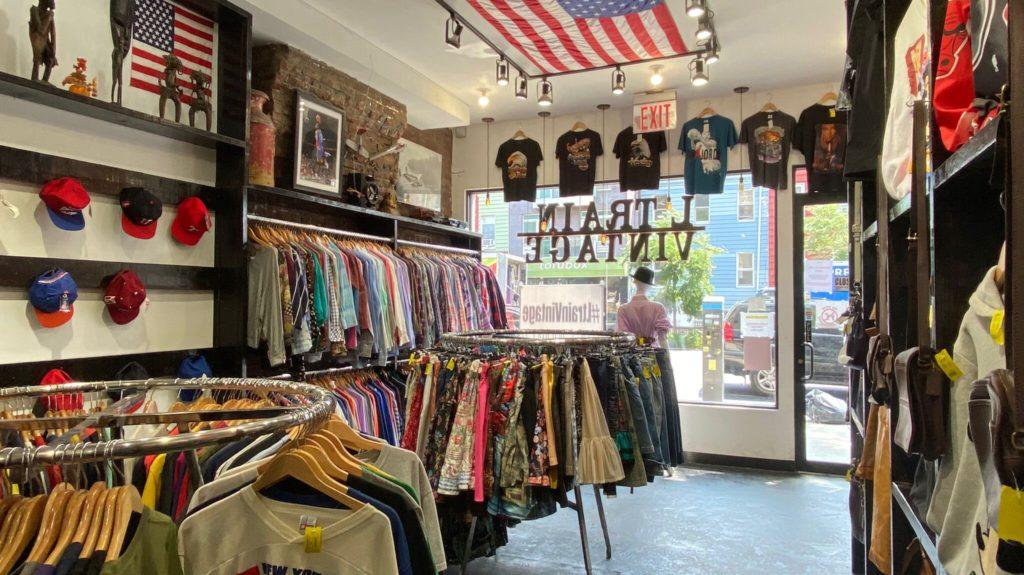By Georgia Rousta,
One prominent dilemma dividing the fashion world has risen in recent years. Fast fashion vs second–hand shopping. With mass consumerism reaching new levels in the post—pandemic market, both have found a new place and a new target group. Thrifting has turned into a trend and TikTok is flooded with haul videos of every big–name fast fashion brand imagined. Although both seem to have taken a turn to a different direction, one may have abandoned its ethical value more than the other.
To state things simply, it is evident that thrifting and second–hand and vintage shopping are one of the most ethical ways to buy clothing. Its environmental impact is massively smaller than clothing made from scratch and especially the fast fashion industry, as they are pieces already made with the only environmental burden being the one of shipping the product. Other than that, thrifting was one of the most low–cost ways of finding new pieces to add to your wardrobe, while simultaneously achieving to hunt out unique vintage clothing. After all, it is always best to support small business owners, as most second–hand stores are small businesses. Inarguably, shopping in fast–fashion could never compare to the joy and excitement of finding a luxury brand item in good condition at a thrift store and at a very good price.
Although thrifting and second–hand shopping, in general, still hold on to a large percentage of their ethical weigh –after all, it is quite difficult to not shop ethically in such an industry– during and after the pandemic and due to the uprising in their popularity, there seems to be a change in comparison to pre–pandemic thrifting. In many cases, the increased demand in this market has caused prices to reach new highs and even though there has been an upturning in the number of newly opened said stores, thrifting good items has become a particularly challenging sport.

Thrifting used to be a way for those who suffer from economic disadvantages and setbacks to buy new clothing without having to face a considerable deficiency in their savings and increase in their expenses. Nowadays, it has turned towards a broader consumer party leading to much higher prices only because of that increase in demand. While original thrifters remain faithful to their beloved sport and possibly their only option of buying new items, newcomers have forced their way in and have resulted to the making of a different second–hand shopping experience. Don’t get me wrong, the fact that the thrifting market has grown –and it still is– a very positive change leading more and more people to an eco–friendly lifestyle, but that doesn’t negate the fact that part of the people that thrifting appealed to has taken a hit, nonetheless.

Something not being thought about frequently is also the fact that because of the lower prices of the clothing bought by thrifting it is easier to get lost in the loop of buying more items, most probably unnecessary, that way deviating from the sole purpose of second–hand shopping. The same way that the fast–fashion industry lures the consumer into buying more clothing through their low–cost and quality, pieces. The thing is that when one mass shops while thrifting, when they still have the opportunity to buy clothes in other ways (for example from eco–friendly brands provided they want to shop ethically or in addition to second–hand), they are practically cutting others from their only source of new clothing or making it harder for them to shop. Inferentially, we should take into consideration other thrifter parties and take action mindfully. In contradiction to the ethical value that second–hand shopping holds, there seems to appear a small window of immorality in the heightening of prices only for the owners and the industry, in general, to profit. It goes without saying that the work that small business owners do shall not go unnoticed but still, in many cases an imbalance between the bought price of the item and the owners labor and the final price on the market is found. Such as the imbalance mentioned is only in regards to thrifting, vintage shopping is a completely different matter with possibly even bigger disproportions in prices and value.
Whoever the buyer may be, in the end second–hand is inarguably the way to go for a more ethical and environmentally conscious shopping activity and lifestyle. It could never be a defect that thrifting has a grown audience, albeit the fact that others are made to face new difficulties due to the change in the second—hand world. Having taken that into consideration, as in every situation, a middle ground is the best alternative to be found so as both the old and the new consumer groups can be satisfied.
References
-
The Golden Age of Thrifting Is Over, nytimes.com. Available here
-
THRIFTING: A changing narrative in the POST-PANDEMIC WORLD. themeghalayan.com. Available here
-
Resale’s Upward Trajectory Will Continue Post Pandemic, ThredUP Report Finds. forbes.com. Available here




